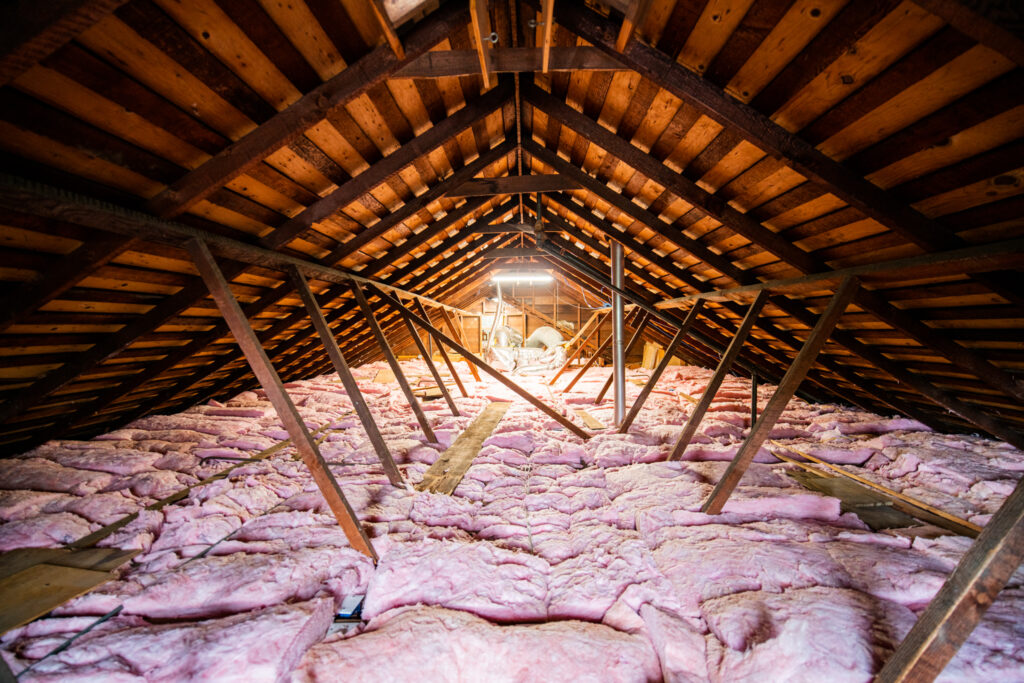Heat insulation materials play a crucial role in maintaining comfortable indoor temperatures, reducing energy consumption, and enhancing overall building efficiency. In this comprehensive guide, we will delve into the world of heat insulation materials, exploring their types, properties, applications, and benefits. Whether you are a homeowner, architect, or construction professional, this article will provide you with valuable insights into the fascinating realm of heat insulation materials.
- Understanding Heat Insulation:
Heat insulation refers to the process of reducing heat transfer between two surfaces or areas with different temperatures. It involves the use of specialized materials that possess excellent thermal resistance properties. These materials act as barriers, preventing the flow of heat and maintaining a stable internal environment. - Types of Heat Insulation Materials:
There is a wide range of heat insulation materials available, each with its unique characteristics and applications. Let's explore some of the most commonly used types: a. Fiberglass Insulation:
Fiberglass insulation is made from fine glass fibers and is widely used in residential and commercial buildings. It offers excellent thermal resistance, sound absorption, and fire resistance properties. b. Foam Insulation:
Foam insulation, such as expanded polystyrene (EPS) and polyurethane (PUR), is known for its high insulating capabilities. It is lightweight, easy to install, and provides superior moisture resistance. c. Reflective Insulation:
Reflective insulation utilizes reflective materials, such as aluminum foil, to reflect radiant heat away from the building. It is commonly used in attics, roofs, and walls to reduce heat gain during hot summers. d. Cellulose Insulation:
Cellulose insulation is an eco-friendly option made from recycled paper products. It offers excellent thermal performance, soundproofing qualities, and is resistant to pests and mold. - Factors to Consider When Choosing Heat Insulation Materials:
When selecting the right heat insulation material for your specific needs, several factors should be taken into account: a. Thermal Conductivity:
The lower the thermal conductivity value, the better the insulating properties of the material. Look for materials with low thermal conductivity to ensure optimal heat insulation. b. Fire Resistance:
Consider the fire resistance rating of the insulation material, especially in high-risk areas. Choose materials that meet the required safety standards. c. Moisture Resistance:
Moisture can compromise the effectiveness of insulation. Opt for materials with good moisture resistance to prevent mold growth and maintain long-term performance. d. Environmental Impact:
Consider the environmental impact of the insulation material. Look for eco-friendly options that are made from recycled or sustainable materials. - Applications of Heat Insulation Materials:
Heat insulation materials find applications in various industries and sectors: a. Building and Construction:
Insulating roofs, walls, floors, and attics to reduce heat loss or gain, improve energy efficiency, and enhance occupant comfort. b. Automotive Industry:
Insulating car engines, exhaust systems, and interiors to reduce heat transfer, improve fuel efficiency, and enhance passenger comfort. c. Aerospace and Aviation:
Insulating aircraft cabins, engines, and fuel tanks to regulate internal temperatures, reduce weight, and enhance safety. d. Industrial Processes:
Insulating pipes, boilers, tanks, and equipment to minimize heat loss, improve energy efficiency, and ensure worker safety.
Conclusion:
Heat insulation materials are essential components in maintaining comfortable and energy-efficient environments. By understanding the different types, properties, and applications of these materials, you can make informed decisions when selecting the most suitable option for your specific needs. Whether you are looking to improve your home's insulation or enhance industrial processes, the right heat insulation material can make a significant difference. Embrace the power of heat insulation materials and unlock their potential for a more sustainable and comfortable future.
